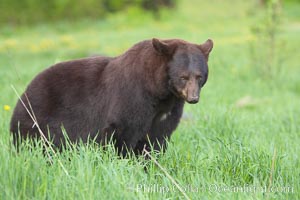
Black bear portrait sitting in long grass. This bear still has its thick, full winter coat, which will be shed soon with the approach of summer. Black bears are omnivores and will find several foods to their liking in meadows, including grasses, herbs, fruits, and insects.
Species: American black bear, Ursus americanus
Location: Orr, Minnesota
Image ID: 18763
Species: American black bear, Ursus americanus
Location: Orr, Minnesota
Image ID: 18763
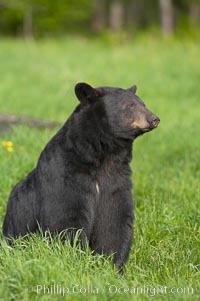
Black bear portrait sitting in long grass. This bear still has its thick, full winter coat, which will be shed soon with the approach of summer. Black bears are omnivores and will find several foods to their liking in meadows, including grasses, herbs, fruits, and insects.
Species: American black bear, Ursus americanus
Location: Orr, Minnesota
Image ID: 18764
Species: American black bear, Ursus americanus
Location: Orr, Minnesota
Image ID: 18764

Fruits, serviette et boite a lait by Paul Cezanne, Musee de l"Orangerie.
Location: Musee de lOrangerie, Paris, France
Image ID: 35631
Location: Musee de lOrangerie, Paris, France
Image ID: 35631
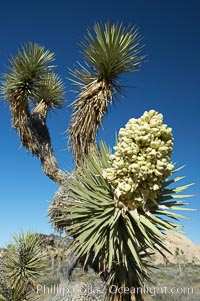
Fruit cluster blooms on a Joshua tree in spring.
Species: Joshua tree, Yucca brevifolia
Location: Joshua Tree National Park, California
Image ID: 11986
Species: Joshua tree, Yucca brevifolia
Location: Joshua Tree National Park, California
Image ID: 11986
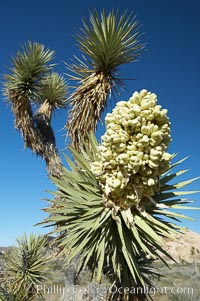
Fruit cluster blooms on a Joshua tree in spring.
Species: Joshua tree, Yucca brevifolia
Location: Joshua Tree National Park, California
Image ID: 11987
Species: Joshua tree, Yucca brevifolia
Location: Joshua Tree National Park, California
Image ID: 11987
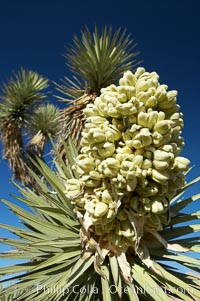
Fruit cluster blooms on a Joshua tree in spring.
Species: Joshua tree, Yucca brevifolia
Location: Joshua Tree National Park, California
Image ID: 11988
Species: Joshua tree, Yucca brevifolia
Location: Joshua Tree National Park, California
Image ID: 11988
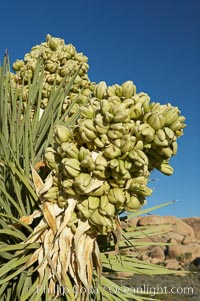
Fruit cluster blooms on a Joshua tree in spring.
Species: Joshua tree, Yucca brevifolia
Location: Joshua Tree National Park, California
Image ID: 11989
Species: Joshua tree, Yucca brevifolia
Location: Joshua Tree National Park, California
Image ID: 11989
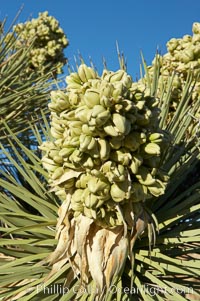
Fruit cluster blooms on a Joshua tree in spring.
Species: Joshua tree, Yucca brevifolia
Location: Joshua Tree National Park, California
Image ID: 11990
Species: Joshua tree, Yucca brevifolia
Location: Joshua Tree National Park, California
Image ID: 11990
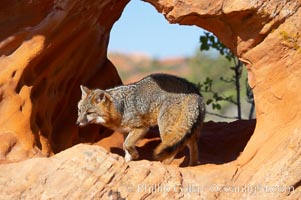
Gray fox. Gray foxes are found in deciduous woodlands, but are occasionally seen in old fields foraging for fruits and insects. Gray foxes resemble small, gracile dogs with bushy tails. They are distinguished from most other canids by their grizzled upperparts, buff neck and black-tipped tail.
Species: Gray fox, Urocyon cinereoargenteus
Image ID: 12088
Species: Gray fox, Urocyon cinereoargenteus
Image ID: 12088
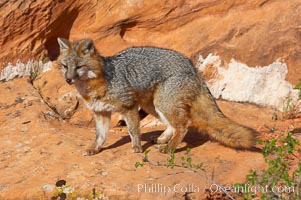
Gray fox. Gray foxes are found in deciduous woodlands, but are occasionally seen in old fields foraging for fruits and insects. Gray foxes resemble small, gracile dogs with bushy tails. They are distinguished from most other canids by their grizzled upperparts, buff neck and black-tipped tail.
Species: Gray fox, Urocyon cinereoargenteus
Image ID: 12089
Species: Gray fox, Urocyon cinereoargenteus
Image ID: 12089
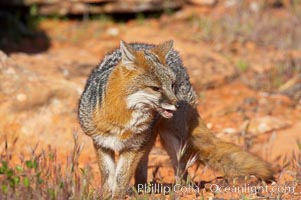
Gray fox. Gray foxes are found in deciduous woodlands, but are occasionally seen in old fields foraging for fruits and insects. Gray foxes resemble small, gracile dogs with bushy tails. They are distinguished from most other canids by their grizzled upperparts, buff neck and black-tipped tail.
Species: Gray fox, Urocyon cinereoargenteus
Image ID: 12090
Species: Gray fox, Urocyon cinereoargenteus
Image ID: 12090
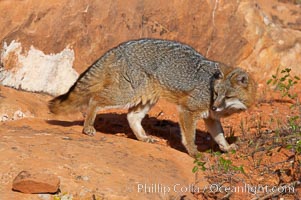
Gray fox. Gray foxes are found in deciduous woodlands, but are occasionally seen in old fields foraging for fruits and insects. Gray foxes resemble small, gracile dogs with bushy tails. They are distinguished from most other canids by their grizzled upperparts, buff neck and black-tipped tail.
Species: Gray fox, Urocyon cinereoargenteus
Image ID: 12091
Species: Gray fox, Urocyon cinereoargenteus
Image ID: 12091
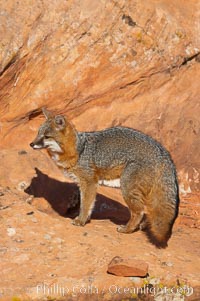
Gray fox. Gray foxes are found in deciduous woodlands, but are occasionally seen in old fields foraging for fruits and insects. Gray foxes resemble small, gracile dogs with bushy tails. They are distinguished from most other canids by their grizzled upperparts, buff neck and black-tipped tail.
Species: Gray fox, Urocyon cinereoargenteus
Image ID: 12092
Species: Gray fox, Urocyon cinereoargenteus
Image ID: 12092
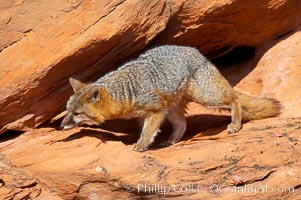
Gray fox. Gray foxes are found in deciduous woodlands, but are occasionally seen in old fields foraging for fruits and insects. Gray foxes resemble small, gracile dogs with bushy tails. They are distinguished from most other canids by their grizzled upperparts, buff neck and black-tipped tail.
Species: Gray fox, Urocyon cinereoargenteus
Image ID: 12093
Species: Gray fox, Urocyon cinereoargenteus
Image ID: 12093
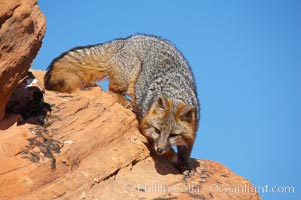
Gray fox. Gray foxes are found in deciduous woodlands, but are occasionally seen in old fields foraging for fruits and insects. Gray foxes resemble small, gracile dogs with bushy tails. They are distinguished from most other canids by their grizzled upperparts, buff neck and black-tipped tail.
Species: Gray fox, Urocyon cinereoargenteus
Image ID: 12094
Species: Gray fox, Urocyon cinereoargenteus
Image ID: 12094
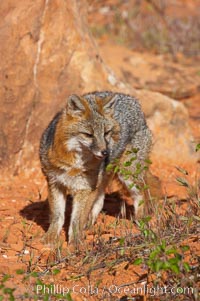
Gray fox. Gray foxes are found in deciduous woodlands, but are occasionally seen in old fields foraging for fruits and insects. Gray foxes resemble small, gracile dogs with bushy tails. They are distinguished from most other canids by their grizzled upperparts, buff neck and black-tipped tail.
Species: Gray fox, Urocyon cinereoargenteus
Image ID: 12095
Species: Gray fox, Urocyon cinereoargenteus
Image ID: 12095
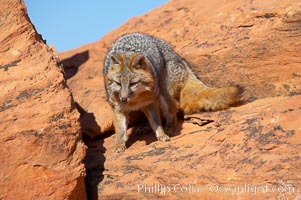
Gray fox. Gray foxes are found in deciduous woodlands, but are occasionally seen in old fields foraging for fruits and insects. Gray foxes resemble small, gracile dogs with bushy tails. They are distinguished from most other canids by their grizzled upperparts, buff neck and black-tipped tail.
Species: Gray fox, Urocyon cinereoargenteus
Image ID: 12096
Species: Gray fox, Urocyon cinereoargenteus
Image ID: 12096
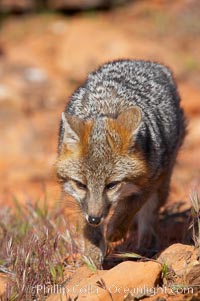
Gray fox. Gray foxes are found in deciduous woodlands, but are occasionally seen in old fields foraging for fruits and insects. Gray foxes resemble small, gracile dogs with bushy tails. They are distinguished from most other canids by their grizzled upperparts, buff neck and black-tipped tail.
Species: Gray fox, Urocyon cinereoargenteus
Image ID: 12097
Species: Gray fox, Urocyon cinereoargenteus
Image ID: 12097
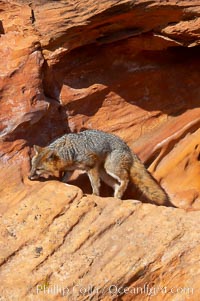
Gray fox. Gray foxes are found in deciduous woodlands, but are occasionally seen in old fields foraging for fruits and insects. Gray foxes resemble small, gracile dogs with bushy tails. They are distinguished from most other canids by their grizzled upperparts, buff neck and black-tipped tail.
Species: Gray fox, Urocyon cinereoargenteus
Image ID: 12098
Species: Gray fox, Urocyon cinereoargenteus
Image ID: 12098
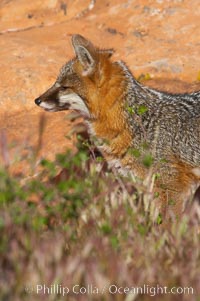
Gray fox. Gray foxes are found in deciduous woodlands, but are occasionally seen in old fields foraging for fruits and insects. Gray foxes resemble small, gracile dogs with bushy tails. They are distinguished from most other canids by their grizzled upperparts, buff neck and black-tipped tail.
Species: Gray fox, Urocyon cinereoargenteus
Image ID: 12099
Species: Gray fox, Urocyon cinereoargenteus
Image ID: 12099
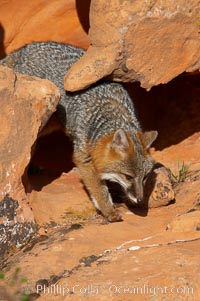
Gray fox. Gray foxes are found in deciduous woodlands, but are occasionally seen in old fields foraging for fruits and insects. Gray foxes resemble small, gracile dogs with bushy tails. They are distinguished from most other canids by their grizzled upperparts, buff neck and black-tipped tail.
Species: Gray fox, Urocyon cinereoargenteus
Image ID: 12100
Species: Gray fox, Urocyon cinereoargenteus
Image ID: 12100
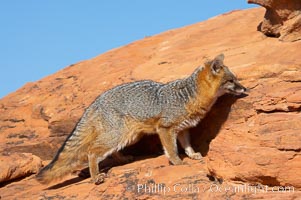
Gray fox. Gray foxes are found in deciduous woodlands, but are occasionally seen in old fields foraging for fruits and insects. Gray foxes resemble small, gracile dogs with bushy tails. They are distinguished from most other canids by their grizzled upperparts, buff neck and black-tipped tail.
Species: Gray fox, Urocyon cinereoargenteus
Image ID: 12101
Species: Gray fox, Urocyon cinereoargenteus
Image ID: 12101
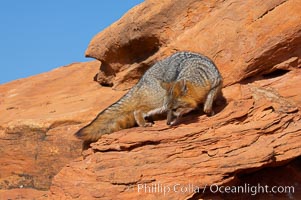
Gray fox. Gray foxes are found in deciduous woodlands, but are occasionally seen in old fields foraging for fruits and insects. Gray foxes resemble small, gracile dogs with bushy tails. They are distinguished from most other canids by their grizzled upperparts, buff neck and black-tipped tail.
Species: Gray fox, Urocyon cinereoargenteus
Image ID: 12102
Species: Gray fox, Urocyon cinereoargenteus
Image ID: 12102
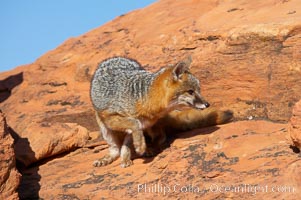
Gray fox. Gray foxes are found in deciduous woodlands, but are occasionally seen in old fields foraging for fruits and insects. Gray foxes resemble small, gracile dogs with bushy tails. They are distinguished from most other canids by their grizzled upperparts, buff neck and black-tipped tail.
Species: Gray fox, Urocyon cinereoargenteus
Image ID: 12103
Species: Gray fox, Urocyon cinereoargenteus
Image ID: 12103
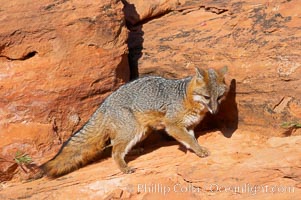
Gray fox. Gray foxes are found in deciduous woodlands, but are occasionally seen in old fields foraging for fruits and insects. Gray foxes resemble small, gracile dogs with bushy tails. They are distinguished from most other canids by their grizzled upperparts, buff neck and black-tipped tail.
Species: Gray fox, Urocyon cinereoargenteus
Image ID: 12104
Species: Gray fox, Urocyon cinereoargenteus
Image ID: 12104
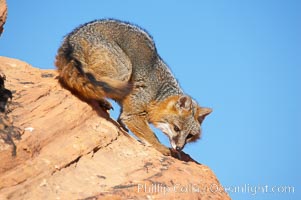
Gray fox. Gray foxes are found in deciduous woodlands, but are occasionally seen in old fields foraging for fruits and insects. Gray foxes resemble small, gracile dogs with bushy tails. They are distinguished from most other canids by their grizzled upperparts, buff neck and black-tipped tail.
Species: Gray fox, Urocyon cinereoargenteus
Image ID: 12105
Species: Gray fox, Urocyon cinereoargenteus
Image ID: 12105
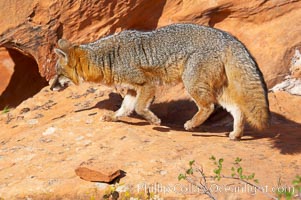
Gray fox. Gray foxes are found in deciduous woodlands, but are occasionally seen in old fields foraging for fruits and insects. Gray foxes resemble small, gracile dogs with bushy tails. They are distinguished from most other canids by their grizzled upperparts, buff neck and black-tipped tail.
Species: Gray fox, Urocyon cinereoargenteus
Image ID: 12106
Species: Gray fox, Urocyon cinereoargenteus
Image ID: 12106
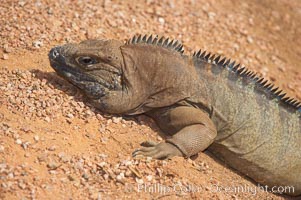
Caribbean rock iguana. Rock iguanas play an important role in the Caribbean islands due to their diet of fruits, flowers and leaves. The seeds pass through the digestive tract of the iguana and are left behind in its droppings, helping to spread the seeds the grow new plants.
Species: Caribbean rock iguana, Cyclura
Image ID: 12824
Species: Caribbean rock iguana, Cyclura
Image ID: 12824
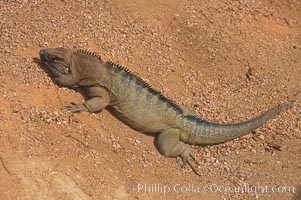
Caribbean rock iguana. Rock iguanas play an important role in the Caribbean islands due to their diet of fruits, flowers and leaves. The seeds pass through the digestive tract of the iguana and are left behind in its droppings, helping to spread the seeds the grow new plants.
Species: Caribbean rock iguana, Cyclura
Image ID: 12825
Species: Caribbean rock iguana, Cyclura
Image ID: 12825
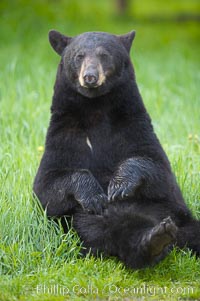
Black bear portrait sitting in long grass. This bear still has its thick, full winter coat, which will be shed soon with the approach of summer. Black bears are omnivores and will find several foods to their liking in meadows, including grasses, herbs, fruits, and insects.
Species: American black bear, Ursus americanus
Location: Orr, Minnesota
Image ID: 18778
Species: American black bear, Ursus americanus
Location: Orr, Minnesota
Image ID: 18778